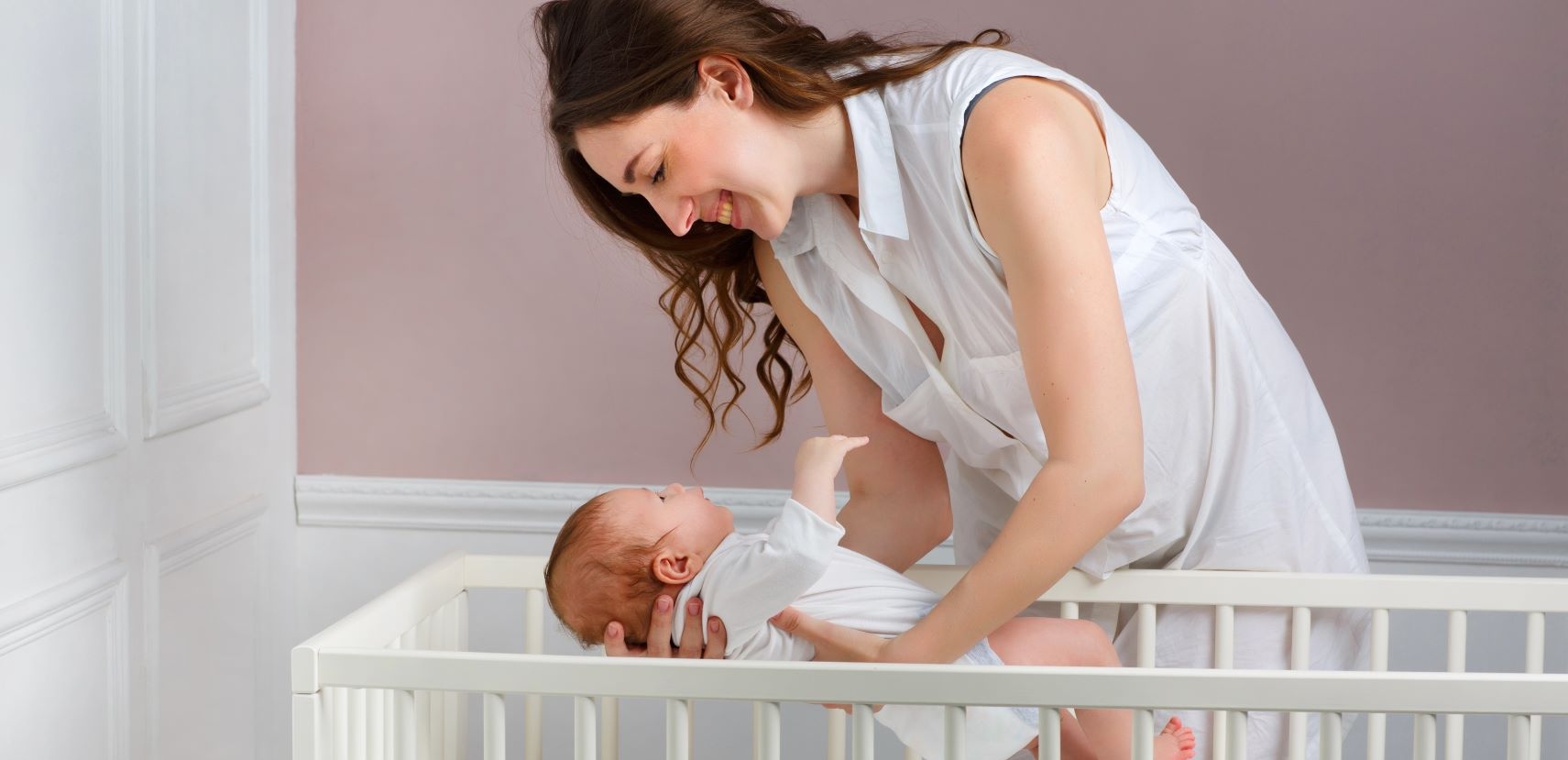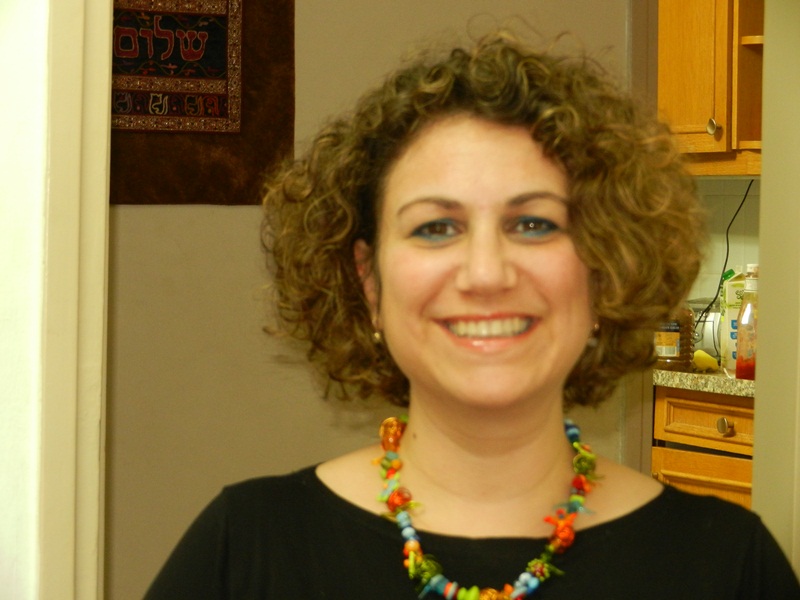POSTURAL MANAGEMENT PROGRAMS: CLINICAL RECOMMENDATIONS

BASED ON A SYSTEMATIC REVIEW OF THE EVIDENCE
SHENHOD, E., GELKOP, N. and G. PALEG

Background/Objectives:
Postural management programs are a relatively new concept for children and adults with cerebral palsy (CP). Few studies have reported the use of postural management programs and the research-based evidence supporting this practice has been limited. Clinical practice and decision making have generally depended on expert opinion combined with individual practitioner experience and preferences. Through a systematic review of the evidence, articles on postural management programs, adaptive seating, sleeping systems and standing frames were rated and specific clinical recommendations made.
Design:
The database search included MEDLINE, CINAHL, Google Scholar, High Wire Press, PEDro, Cochrane Library, and APTAs Hooked on Evidence from January 1985 to August 2011. The search terms included : cerebral palsy and the following; postural management program, adaptive seating, seating and mobility, stretching and range of motion, neuromuscular scoliosis, hip positioning, sleeping systems, night time positioning, and standing frames. Inclusion criteria were all studies and articles in peer reviewed journals, professional publications, conference proceedings, expert opinion and systematic reviews published from January 1985 to June 2011. CEBM levels were assigned independently by two authors, when they disagreed the third author made the final designation. Studies, abstracts, professional presentations and articles were included if they were available in full text, in English-Language and looked at the implications of postural management programs, adaptive and customized seating, and night time lying and sleeping positioning, and/or standing devices for children with cerebral palsy. A study was not included if it took place in the NICU, but was included if program was provided in a long term care facility, school and/or hospital. 336 unique studies were identified from abstracts, which 120 appeared to meet the inclusion criteria and were reviewed as full text articles by all three authors. Only 35 articles met all the inclusion criteria were included in this review.
Results:
One systematic review concluded that use of a standing device improved bone mineral density, ROM, bowel function and spasticity (Glickman, 2010). However, a question regarding the consequences of the wide range of weight bearing loads between standers and subjects has been raised (Kecskemethy, 2008, Herman, 2007). Standing in abduction further improved hip placement (Martinsson, 2010, Macias, year). Incorporation of movement, oscillation and/or vibration appeared promising in improving outcomes with shorter standing times (Semler, 2008, Ahlborg, 2006).
Discussion and Conclusion:
References:
- Ahlborg L, Andersson C, Julin P.Whole-body vibration training compared with resistance training: effect on spasticity, muscle strength and motor performance in adults with cerebral palsy. J Rehabil Med. 2006 Sep;38(5):302-8.
- Carlberg EB, Hadders-Algra M. (2005) Postural Dysfunction in Children with Cerebral Palsy: in Children with Cerebral Palsy: Some Implications Therapeutic Guidance. Neural Plasticity 12 :2-3
- Chung J, Evans J, Lee C, Lee J, Rabbani Y, Roxborogh L, Harris SR. (2008) Effectiveness of adaptive seating on sitting posture and postural control in children with cerebral palsy. Pediatric Phys Ther 20(4):303-17
- Caulton JM, Ward KA, Alsop CW, Dunn G, Adams JE, Mughal MZ. A. (2004) randomised controlled trial of standing programme on bone mineral density in non-ambulant children with cerebral palsy. Archiv Disease in Childhood 89:131-5.
- Gericke T. (2006) Postural management for children with cerebral palsy: consensus statement. Dev Med Child Neuro 48: 244 (Consensus Statement)
- Glickman LB, Geigle PR, Paleg GS (2010) A systematic review of supported standing programs
- J Pediatr Rehabil Med 3(3):197-213.
- Goldsmith S. (2000) The Mansfield project:Postural care at night within a community
- Setting: A feedback study. Physiotherapy 86: 10, 528-534.
- Gough M. (2009) Continuous postural management and the prevention of deformity in children with cerebral palsy: an appraisal. Dev Med Child Neurol 51: 105–110
- Gudjonsdottir B, Stemmons Mercer V. (2002) Effects of a dynamic versus a static prone stander on bone mineral density and behavior in four children with severe cerebral palsy. Pediatric Phys Ther 14:38-46.
- Hägglund G, Lauge-pedersen H.(2007) Radiographic threshold values for hip screening in cerebral palsy. J Child Orthop 1: 43-47
- Hankinson J, Morton RE. (2002) Use of a lying hip abduction system in children with bilateral cerebral palsy: a pilot study. Developmental Medicine & Child Neurology 44: 177–180
- Herman D, May R, Vogel L, Johnson J, Henderson RC (2007) Quantifying weight-bearing by children with cerebral palsy while in passive standers. Pediatric Phys Ther 19:283-87.
- Hill CM, Parker RC, Allen P, Paul A, Padoa KA.(2009) Sleep quality and respiratory function in children with severe cerebral palsy using night-time postural equipment: a pilot study. Acta Pædiatrica 98:1809–1814
- Holmes KJ, Michael SM, Thorpe SL, SolomonidisSE. Management of scoliosis with special seating for the non-ambulant spastic cerebral palsy population–a biomechanical study. ClinBiomech(Bristol, Avon) 2003;18(6):480-7.
- Humphreys G, Pountney T (2006)The development and implementation of an integrated care pathway for 24-hour postural management: a study of the views of staff and carers.Physiotherapy 92: 233–239
- Kangas M K, (2009) Clinical assessment and training strategies for the child’s mastery of independent powered mobility (personal comunication)
- Kecskemethy HH, Herman D, May R, Paul K, Bachrack SJ, Henderson RC (2008) Quantifying weight bearing while in passive standers and a comparison of standers. Dev Med Child Neurolog 50:520-23.
- Littleton SR, Heriza CB,MUllens PA, Morechen VA, Bjomson K.(2011) Effects of Positioning on
- Respiratory Measures in Individuals With Cerebral Palsy and Severe Scoliosis. Pediatric Physical Therapy 23:159-169
- Lange M L, Waugh K. (2004) 24 Hour Postural Management. The Newsletter of The Children’s Hospital Physical Medicine and Rehabilitation Denver, Colorado. Summer, Volume 9, Issue 2
- Martinsson C, Himmelmann K.(2011) Effect of weight-bearing in abduction and extension on hip stability in children with cerebral palsy. Pediatr Phys Ther 23(2):150-7
- Nwaobi O.M,(1987) Seating Orientation and Upper Extremity Function in Children with Cerebral Palsy.Physical Therapy 67(8)Aug:1209-1211
- Noronha J, Bundy A, Groll J.(1989) The effect of positioning on the hand function of boys with cerebral palsy. Am J Occup Ther 43:507-12.
- Picciolini O, Albisetti W,Cozzaglio M,Spreafico F, Mosca F,Gasparroni V,Albisetti W, Cozzaglio M,Spreafico F,Mosca F,Gasparroni V (2009) “Postural Management” to prevent hip dislocation in children with cerebral palsy Hip International 19 (1):00-07
- Pountney T, Green EM. (2006) Hip dislocation in cerebral palsy. BMJ 332:772-5.
- Pountney T, Mandy A, Green E, Gard P. (2002) Management of hip dislocation with postural management. Child Care Health Dev 28: 179–85.
- Pountney T, Mandy A, Green E, Gard P. (2009) Hip subluxation and dislocation in cerebral palsy – a prospective study on the effectiveness of postural management programmes. Physiother Res Int 14: 116–127
- Rosenbaum P, Paneth N, Leviton A, Goldstein M, Bax M, Damiano D, Dan B, Jacobsson B.A report: the definition and classification of cerebral palsy. Dev Med Child Neurol Suppl. 2007 Feb; 109:8-14.
- Semler O, Fricke O, Vezyroglou K, Stark C, Stabrey A, Schoenau E.(2008) Results of a prospective pilot trial on mobility after whole body vibration in children and adolescents with osteogenesis imperfecta. Clin Rehabil 22:387-94.
- Semler O, Fricke O, Vezyroglou K., Stark C, Schoenau E.(2007) Preliminary results on the mobility after whole body vibration in immobilized children and adolescents. J Musculoskeletal Neuronal Interaction 7:77-81.
- Stavness c.(2006) The Effect of Positioning for Children with Cerebral Palsy on Upper-Extremity Function: A Review of the Evidence. Physical & Occupational Therapy in Pediatrics 26(3) 39-53
- Stuberg WA. (1992) Considerations related to weight-bearing programs in children with developmental disabilities. Phys Ther 72:35-40.
- Taylor K. (2009) Factors affecting prescription and implementation of standing-frame programs by school-based physical therapists for children with impaired mobility. Pediatr Phys Ther 21:282-88.
- Telfer S, Solomonidis S, Spence W. (2010) An investigation of teaching staff members’ and parents’ views on the current state of adaptive seating technology and provision Disability and Rehabilitation: Assistive Technology 5(1):14–24.
- Tremblay F, Malouin F, Richards CL, Dumas F. (1990) Effects of prolonged muscle stretch on reflex and voluntary muscle activations in children with spastic cerebral palsy. Scand J Rehabil Med 22(4):171-80.
- Ward K, Alsop C, Caulton J, Rubin C, Adams J, Mughal Z.(2004) Low magnitude mechanical loading is osteogenic in children with disabling conditions. J Bone Mineral Res 19:360-9.
הישארו מעודכנים!
הצטרפו לניוזלטר שלנו והיו ראשונים לקבל
תכנים חדשים מהאתר ישירות למייל שלכם
